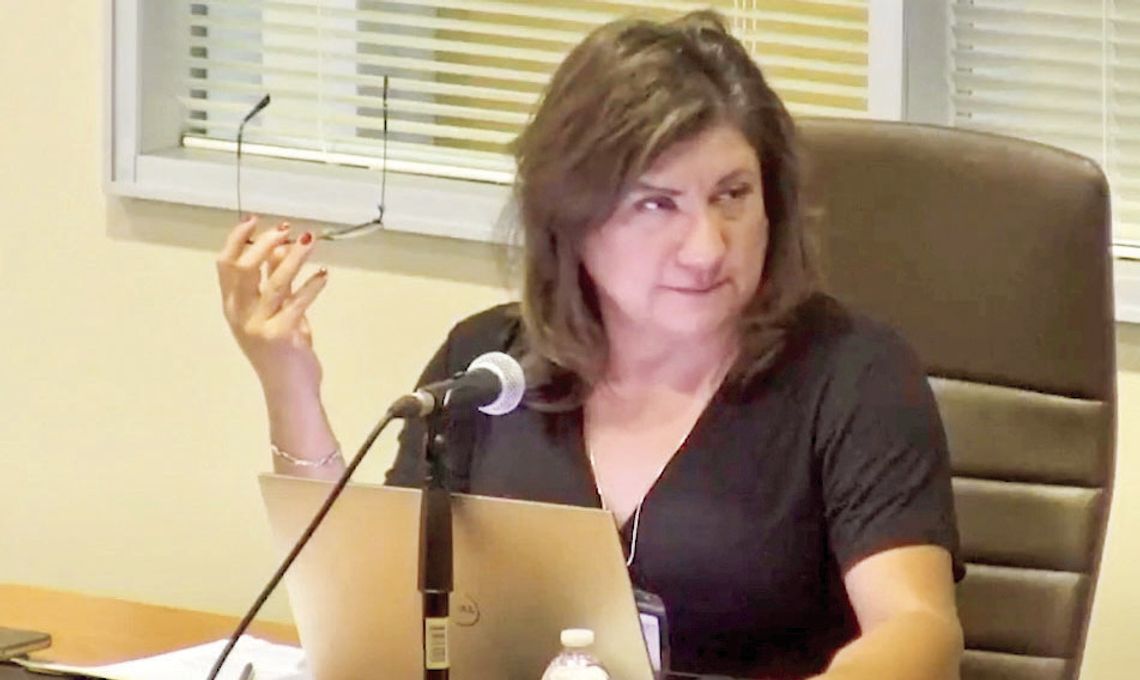BASTROP — City Council approved several items during its May 27 meeting, including three public improvement plan agreements and the creation of a new municipal utility district.
The decisions drew questions from residents and sparked a broader discussion about growth, land use and local control over development.
Ironwood MUD
The newly formed Bastrop County Municipal Utility District No. 5 will support the Ironwood Development, a proposed mixed-use community near Texas 304 and Lower Red Rock Road.
Developers estimate the project will require about $66.8 million in infrastructure improvements, including roads, utilities and parks—funded through the MUD.
“MUDs are a mechanism to extend infrastructure,” City Manager Sylvia Carrillo-Trevino said. “They are, at its worst, a small city with very little rules. At its best it’s a well-regulated city.”
She said Bastrop’s preference for in-city MUDs is aimed at retaining oversight and giving residents a voice in how development proceeds, rather than ceding full control to state authorities.
The council had approved the project’s development agreement at its April 8 meeting but postponed final action on the MUD amid concerns raised by nearby property owners over boundaries.
Disputes prompt change
At the previous May 13 council meeting, neighbors raised issues about a fence line and access point at the edge of the proposed development. By May 27, Lisa Clark of WB Bastrop Land LLC, the developer, told council the disputed parcel had been removed from the MUD—even though a survey showed the land belonged to Ironwood.
“It’s nobody’s intent to create a district over anybody else’s property,” said Ryan Harper, attorney for the developer. “But it is WB’s intention to be a good landowner, good neighbor and resolve any of those disputes. That is why we removed that land from the district.”
Another neighboring property owner, Garland Stillwell, appeared before council to raise a similar concern about access routes into the development. The council ultimately voted to approve the MUD, with developers assuring officials they would continue to engage with nearby landowners to resolve outstanding issues.
The total acreage of the development was reduced from 289.4 acres to 289.249 acres to accommodate the boundary adjustment.
Water worries
Several residents expressed concerns about the development’s water usage and whether the additional demand would affect local resources, including nearby wells.
Carrillo-Trevino said that Aqua Water Supply Corp., which holds the area’s utility certificate, is legally obligated to serve the development—regardless of whether the city approved the MUD.
“In its worst-case scenario that we don’t give consent for the MUD, Aqua is required to serve,” she added. “Because they are in Aqua’s territory, Aqua is required to serve.”
Developers could seek approval for a MUD through other governmental channels if denied by the city, according to Carrillo-Trevino, which would strip Bastrop of influence over infrastructure planning. The council also cautioned that current legislation under consideration may further limit the city’s regulatory authority.
Senate Bill 15, which had not yet reached Gov. Greg Abbott’s desk at the time of the meeting, would prevent cities from enforcing minimum residential lot sizes larger than 1,400 square feet.
“It’s an issue the legislature is trying to correct, but they’re making it worse,” she said. “Please go to Austin and yell at the top of your lungs and say ‘more is not always better.’”
Map updates
The council also adopted updates to Bastrop’s future land use map, including changes to the downtown area and property near Texas 71. The revisions come following public input earlier in the month and are designed to reflect community preferences for long-term development, according to the council.
Key updates include limiting new businesses in downtown’s residential zone to those that serve the neighborhood, and maintaining the hill behind Buc-ee’s as a large-lot residential area.
“This is a future land use plan. This is not a current plan—this is what we want to see in the future,” Carrillo-Trevino said. The city manager added that the plan does not affect current property uses unless owners apply to modify them. In those cases, the map will help guide decisions on whether more intensive development is appropriate.
“People currently today still keep what they are,” said council member Cynthia Meyer. “This is not to discourage any kind of small mom and pop businesses at all. But to ask for a warrant, there is a process—and that means your neighbors are notified. That’s very important for the neighborhood.”
.png)






